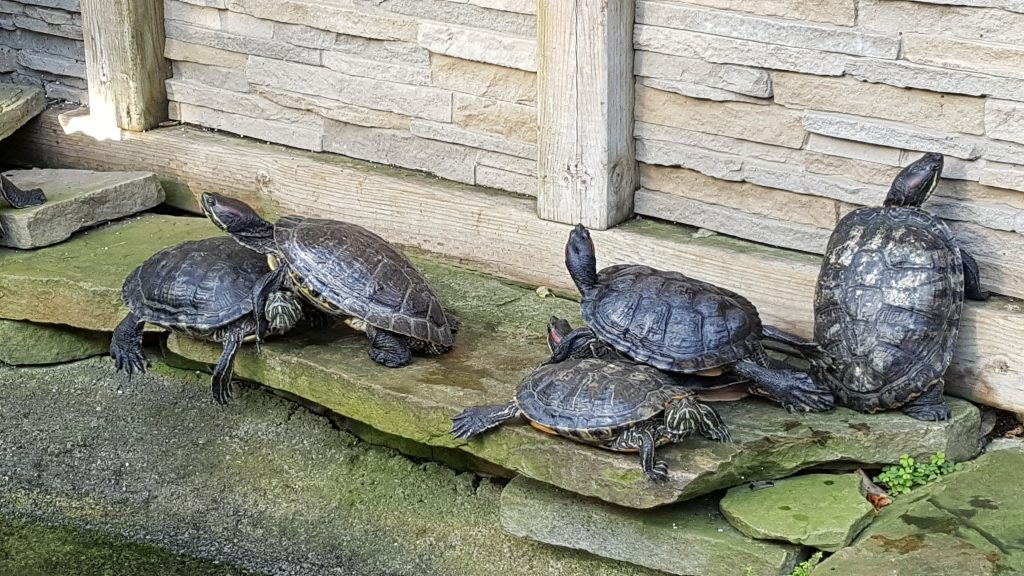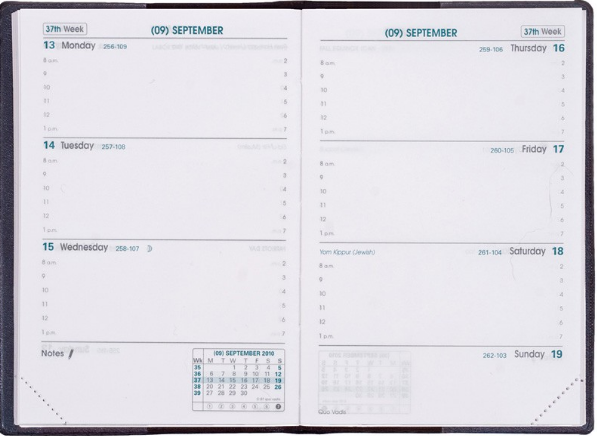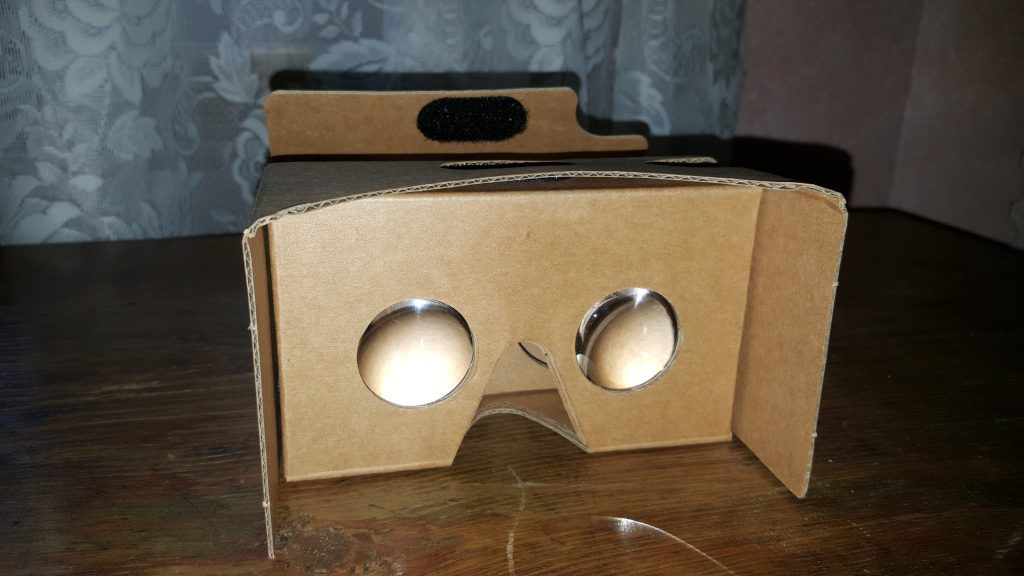I can’t help but notice how common it is to use emoji (maybe even instead of punctuation, gasp) to express emotions, along with a whole host of other things. The Merriam Webster online dictionary defines emoji as:
“any of various small images, symbols, or icons used in text fields in electronic communication (as in text messages, e-mail, and social media) to express the emotional attitude of the writer, convey information succinctly, communicate a message playfully without using words, etc.”
I remember first using emoji in the early 2000’s at a temp job. My co-worker and I had downloaded something called a “hotbar” which allowed us to put fun little faces into our emails. The IT department shut it down when they discovered it interfered with a key reporting program. However, I was hooked on the funny little faces expressing angst, humor, or my favorite, the one repeatedly spewing a green glob of vomit. Perfect for the office.
Over the years, options have grown becoming more nuanced and detailed. I often find it’s not so easy to tell the difference between similar, but yet totally different expressions. It’s a new language. Apparently, I’m not the only one who is sometimes confused, check out this article “16 Emojis You’ve Been Using All Wrong.”
It never fails to impress me how accurately some people are able to convey emotions and expressions through one tiny emoji. I’m fairly useless at this. When I try to reply with emoji, I find myself scrolling through pages of options totally baffled at what emotion each face is trying to convey. Eventually I give up and put in something random thinking surely the person at the receiving end will know exactly what I meant by each non sequitir emoji.Here is the first page of many from my phone’s messaging app:
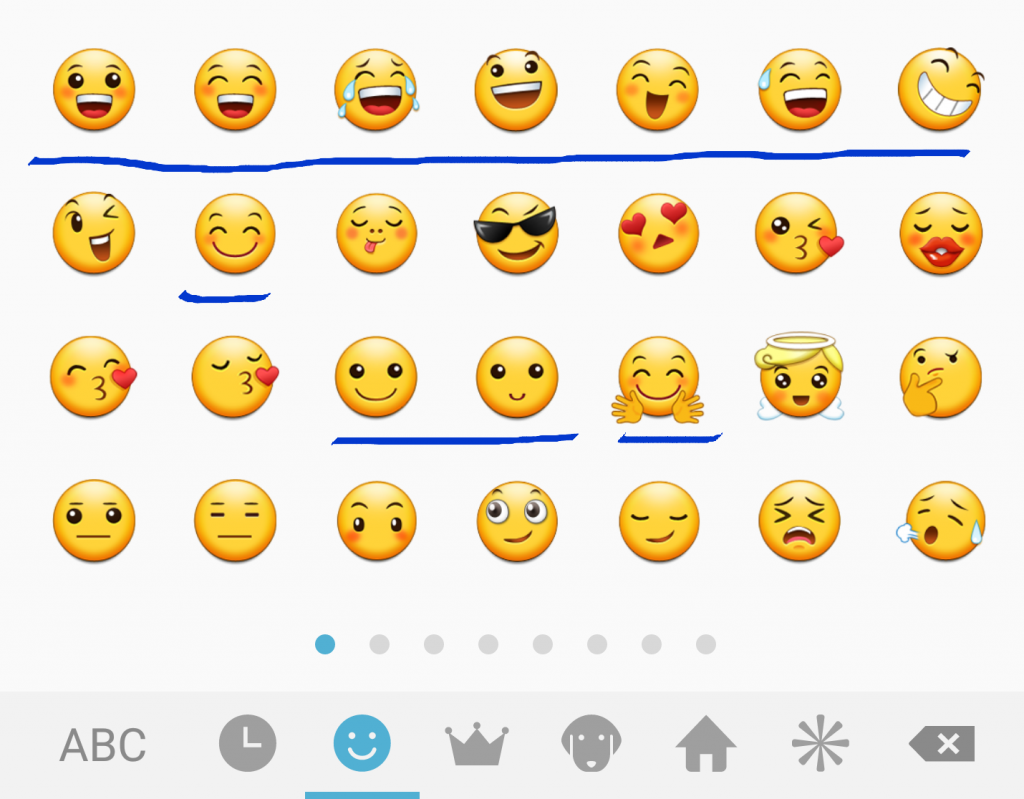
Some are obvious, but others elude me. I underlined the 11 different faces smiling and laughing. They can’t all be expressing humor.
Recently I took a Body Language Quiz that aimed to assess how well I read other people. Based on my inadequacies with interpreting emoji, I figured my score would be in the lower range. Much to my surprise I scored a 15/20. Take the quiz here.
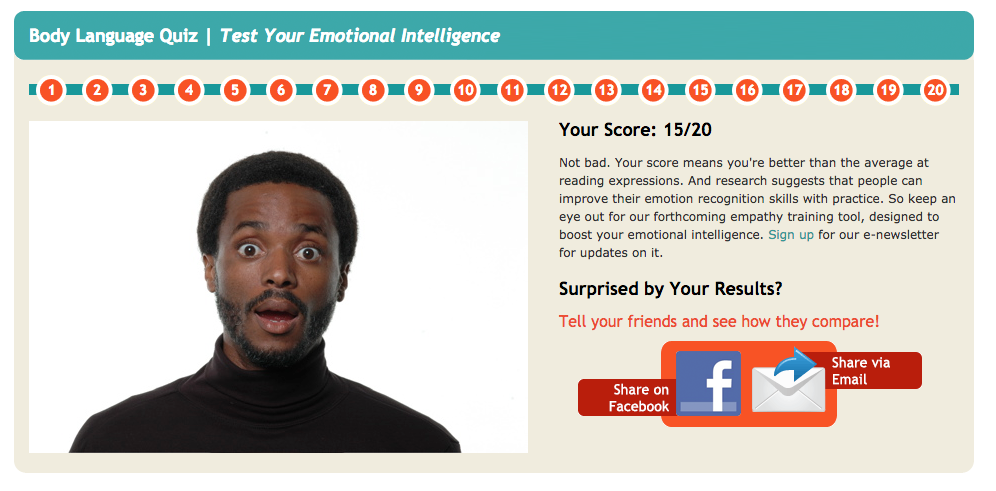
I’ve now added an emojidictionary and emojipedia to my collection of links to help me with translations.


